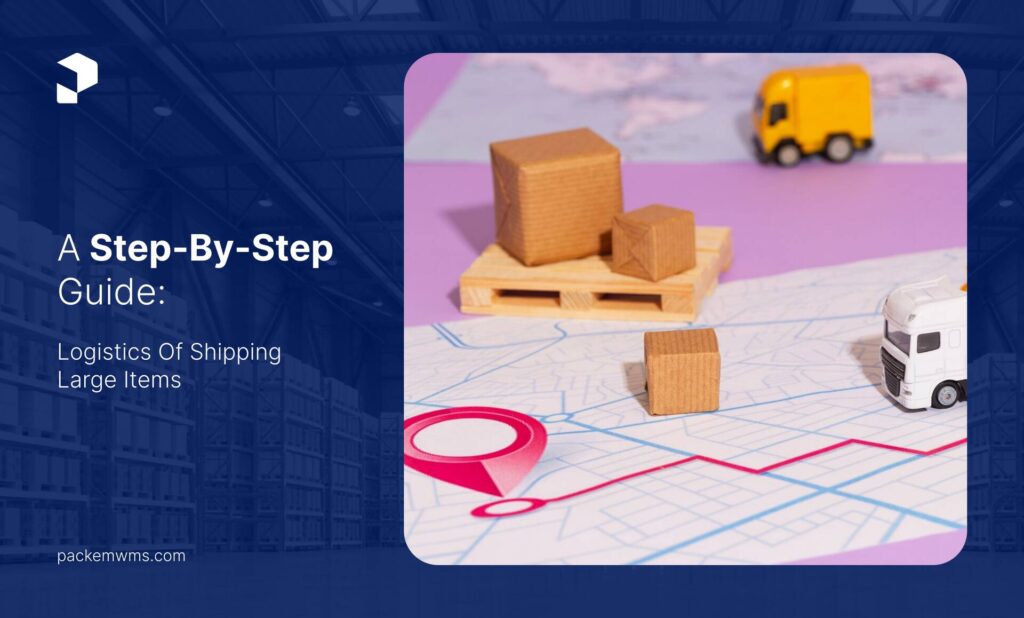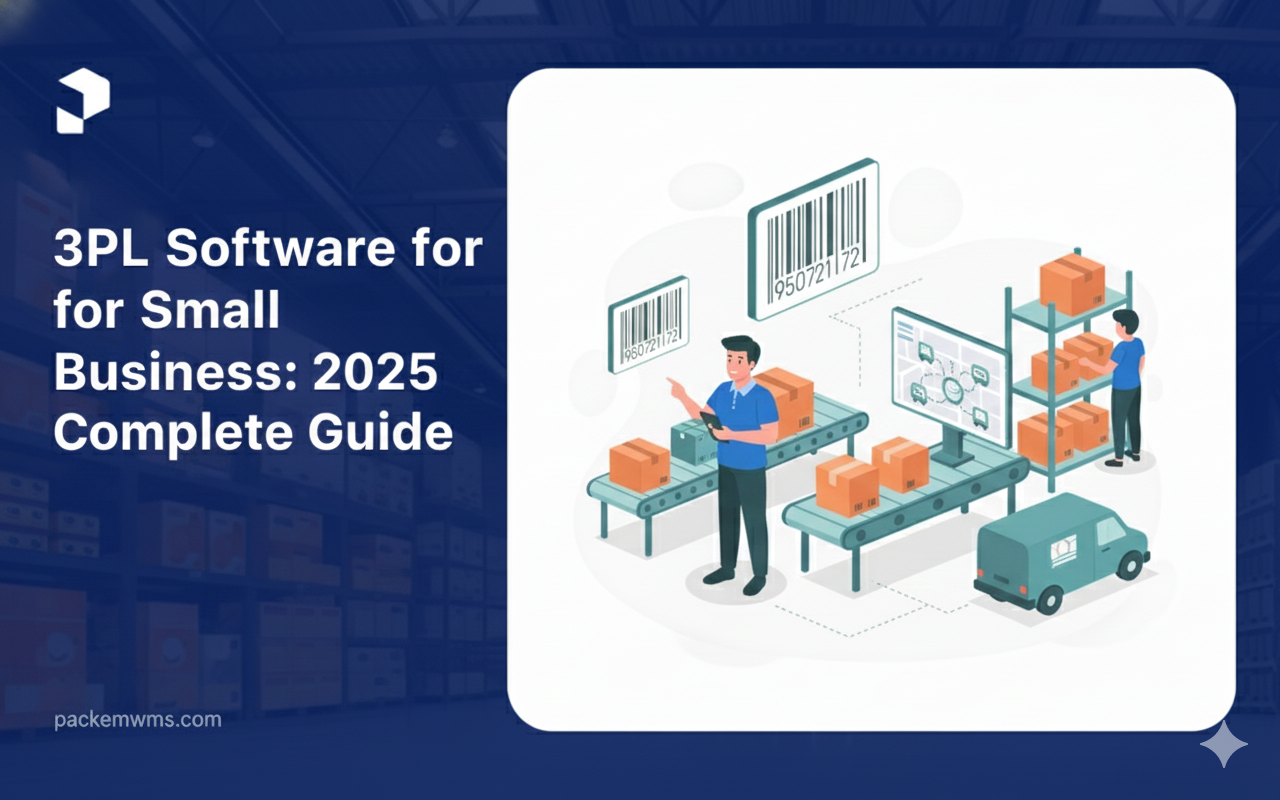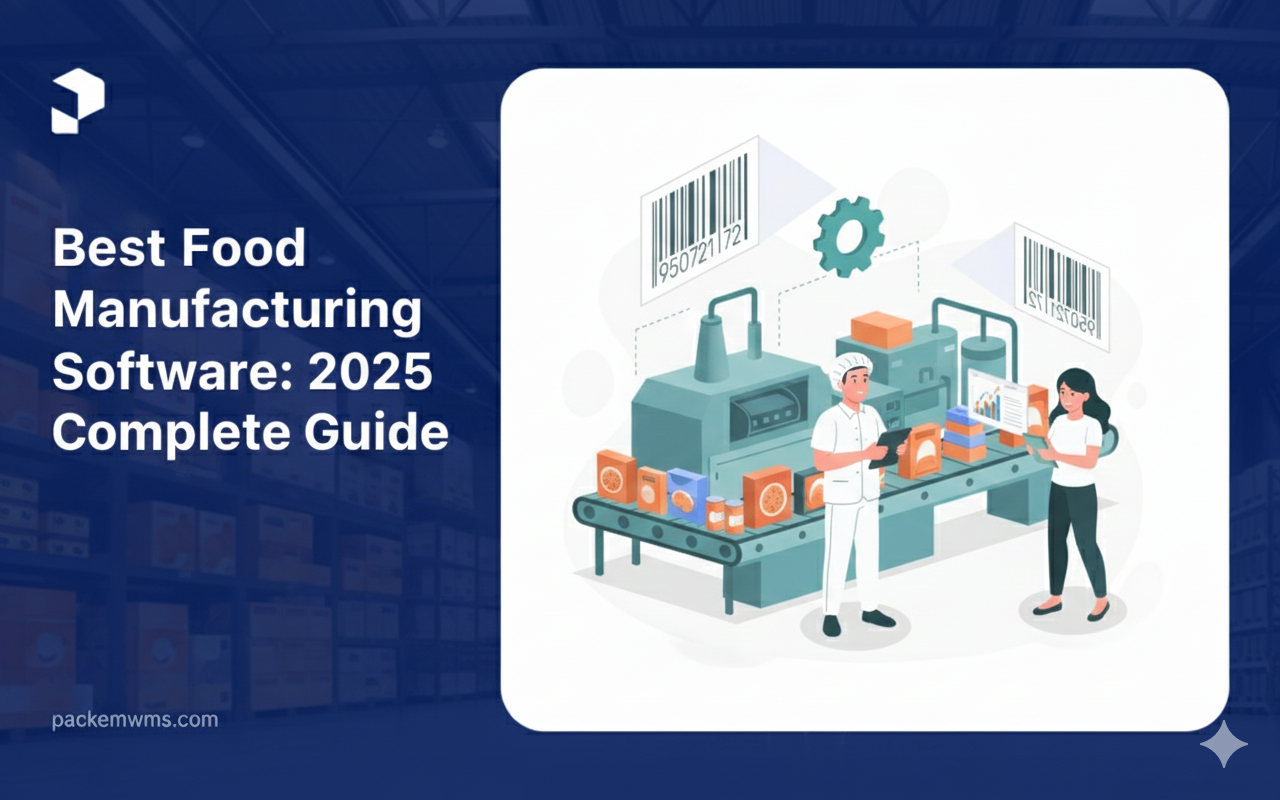Yet, remember rules still apply when you’re sending heavy stuff. Know what you can’t ship with us too—our list tells all. For fragile things, keep them safe!
Cushion well so they don’t break during shipping or handling – think bubble wrap and securing tightly on the pallet; our insurance helps but it’s better not to have breaks at all! It varies by weight, distance and other factors – check online for details!
Understanding Large Item Shipping
Shipping big items isn’t like sending a letter. Each package must sit right on the pallet, and size matters a lot. We offer you tools to pick the best pallet – it’s easy!
Firms have rules for shipping heavy stuff; they’re strict but clear. You can’t send banned goods either, so check that list twice. If what you’re sending is breakable, wrap it well to keep away from harm’s way during its trip – think bubble or stretchy plastic layers tightly bound with straps or ropes will do just fine here.
No packaging at hand? Our store has all sorts of options ready for you! For heavy shipments costs aren’t set in stone; weight plays into this as does how far things need to travel and your chosen pallet type factors in too.
Don’t worry about the cost yet. Enter the pickup location, destination, and package count to see our quoting tool quickly provide prices. Remember PalletOnline when thinking of specialized shipment; we got a name people trust built through solid ties within Britain’s topmost reliable transport network system!
Your cargo deserves no less than ultimate care, which is exactly why our quote awaits—hassle-free always!
Choosing Specialized Shipping Services
When shipping big things, picking the right service matters. If a package is too heavy or large, it’s not just any box you grab. Size and weight change how shippers see your item—big time.
Take FedEx; they say if something goes around more than 130 inches or weighs over 150 pounds, that’s freight for them! UPS tags anything above 70 pounds as hefty. Now think about getting from here to there without breaking the bank—or stuff inside!
Grouping goods with others’ (that’s LTL) can save cash. Go White Glove; pros will treat your items like treasures. And packing isn’t random either—it needs thought so costs stay down but safety up.
Costs go by space used when we talk “dimensional weight.” So don’t pick giant boxes for tiny loads! Smart planning equals saved money and safe arrival.
Experience the simplest inventory management software.
Are you ready to transform how your business does inventory?
Preparing Items for Transport
Before you ship big things, check their weight and size. Can two people lift it? If not, gather tools to help move it – like a dolly or straps.
Protect your item from harm; wrap sharp points in bubble wrap tightly then cover the whole piece with strong blankets that won’t tear easily. Seal them up with heavy-duty tape made just for shipping so nothing comes loose on the trip. Use sturdy boxes twice as large as your item for breakables. Fill them half-way with foam peanuts or crumpled paper, and place your item gently in the middle.
Lastly, label each package clearly: ‘Fragile,’ ‘This Side Up,’ making sure all info is correct and visible because remember others will handle these too! And there we’re – ready for takeoff!
Navigating Transport Logistics Challenges
Facing transport hurdles, I dig deep into the world of logistics. Delays can strike anytime—think port jams or security scares. Plan ahead with diverse suppliers and backup routes to dodge these hitches smoothly.
Tech’s a friend too; use it! Tiny local centers for quick delivers, keeping an eye on road builds, even cross-dock tries can keep goods moving when things clog up. Costs surge unpredictably: fuel spikes and freight fees hurt.
A fix is chatting more with carriers—pack trucks full—and maybe team up with pros like Red Arrow who know this game well. Lastly, talk clear-cut across all your supply chain individuals stops mess-ups big time. Tech again comes to the rescue here by linking everyone in real-time so you catch issues early.
Selecting the Right Carrier Options
Picking the best carrier is like finding a key that fits just right. You need to weigh your box’s size and heft against cost. Each shipper sets its own charge for big parcels based on length plus width times height: this sum gets divided by their number.
If what you have is wide but light, they might still ask for more money — it’s all about space. Distance adds another layer; going far or crossing borders ups the rate and brings in taxes plus duty fees. And if there’s trouble en route, having insurance means less worry over loss or harm.
I always tell people to get savvy with shipping tools out there that make sending bulky items easier without breaking the bank – it smooths out kinks before they crop up!
Integrating Warehouse Management Solutions
In my years of writing, I’ve seen how crucial a Warehouse Management System (WMS) is for shipping big stuff. When goods roll in, WMS kicks into gear with sharp recording skills—counts, sorts and figures out storage needs fast. It’s about making sure we know what’s where all the time.
Smart algorithms then tell us just where to put these items so picking them later is quick and easy. Space gets used well; nothing goes to waste. The real magic happens when it’s time for orders to head out—the system guides our crew on the best path through aisles saving precious minutes.
Barcodes or RFID tags give us eyes on every piece of inventory round-the-clock preventing any chance of running low or having too much—a tight ship’s dream come true! And let me tell you: Data from a good WMS can shine a light on places that need work—it’s like being given x-ray vision into your operation! Plus integration means this data talks smooth with other systems—ERP or CRM—and that makes planning ahead clear as day.
All said done; managing stock keeps enough around without overflow whereas WSM streamlines all warehouse moves—from receiving right up till waving goodbye as orders truck away.
Ensuring Safe Delivery Practices
To keep your big, breakable items safe in transit, you’ve got to plan each step. Think of it like this: a glass bulb or oversize fixture can’t just be tossed into any old box. Here’s what I do—find the right-sized container for every unique product using smart algorithms that factor size and shape.
I always add enough cushioning; different goods need various types of padding to survive the trip without a scratch. If something does go south, my job isn’t done until we sort out those carrier-linked mishaps—that includes filing claims and making sure losses are covered. Remember, nearby storage centers trimmed down travel time—and risk—for delicate pieces like glass bottles that don’t fancy long rides or cold weather too much.
All said and done? It’s about nailing these steps so broken deliveries take a back seat while customer smiles ride upfront.
Shipping big items can seem daunting, but it’s just a matter of careful planning. First, measure your item for size and weight. Then choose the right carrier; options like PackemWMS tailor services to hefty loads.
Next, secure packaging is key – cushioning products withstand transport shocks. After that, label clearly to avoid mix-ups and delays in transit. Lastly, track your shipment until delivery ensures peace of mind as it makes its way to the destination safely and on time.
FAQ's
What matters is that when you get the correct size of the pallet, the shipment is safe and efficient. Read on to learn how to measure your item and pick the right size of a pallet that will facilitate trouble-free transit.
When shipping, for example, fragile or heavy items, there are some set rules. Get to know the nature of the items that are being prohibited from shipping, how to package the goods, and the proper fragile packaging, among other things about observing shipping guidelines.
The shipping cost of oversized items is variable and dependent on weight, distance, and other determinants. Learn how to use the tool and approach to precisely quote shipping costs and plan accordingly.
Choose the right shipping service with extra care to guarantee that the selected shipping service can offer timely and safe delivery of the large items that were selected. Look at its weight thresholds, packaging conditions, and strategies of cost saving that will enable you to make a good decision on offered special shipping.
Be it a large item for transport; it has its own logistic challenges. Tips have to anticipate and deal with delays, routes optimization, and technology that aids in ensuring smooth and effective transportation, however huge the potential blockades could be.



